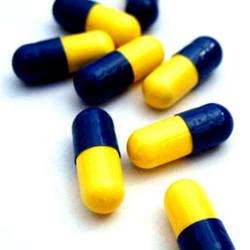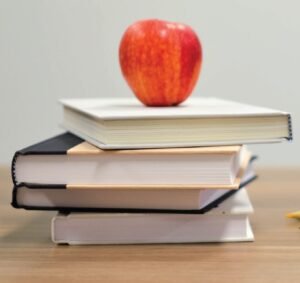Dr. Naseeruddin Mahmood (consultant Pediatrician and Neonatologist) suggests ways to poison-proof your home and maintain a medicine cupboard for daily care as well as emergencies.
Children explore the world by putting things in their mouths. That’s one of the reasons why more than 1 million children under the age of 6 are victims of accidental poisonings every year.
What are poisonous substances?
Some hazardous substances most commonly ingested by children are:
- cosmetics and baby care products
- cleaning products, such as detergent, bleach, drain openers
- pain medicines such as paracetamol
- prescription drugs
- cough and cold medicines
- vitamin supplements, especially iron pills
- household plants
- paint and varnish products
- insect and mosquito sprays, mosquito mats
- petrol, kerosene oil, acids, etc.
How to poison-proof your home?
Conduct a room-by-room inventory of non-food substances.
This is to ensure poisons are clearly labeled and locked out of reach of children.
Lock up all medicines and harmful substances.
Secure all cupboards that contain poisons, even those that seem out of reach. Young children can reach them by climbing.
Don’t trust child-resistant containers.
No bottle top can be made so secure that a child can’t find some way to get it off.
Keep medicines, pesticides, even detergents in their original containers.
Never store poisonous or toxic products in containers that were once used for food. A child can mistakenly use them.
Never refer to any kind of medicine as candy.
Even if you’re trying to get a reluctant child to take cough syrup, don’t treat it as something good to eat. Children learn by imitation, so take your own medicine, when they aren’t watching.
In case your child has swallowed something bad, rush to the nearest emergency center as soon as possible. Don’t wait to confirm, if something happens or not!
Call for help (Karachi)
Aga Khan Hospital Stadium Road: 34930051
Aga Khan Clifton Medical Services:35863851
Civil Hospital: 99215740
Edhi Ambulance: 115 /34943331
NICVD: 9201271-5
What to keep in the medicine cupboard
With a young child around, it’s important to have a well-stocked medicine cabinet or medicine bag, so you can quickly deal with the rashes, colds, and other common ailments that children are prone to, as well as handle the basics of daily care. Here are our must haves:
- thermometer
- children’s pain reliever (paracetamol or ibuprofen)
- calamine lotion for insect bites or rashes
- alcohol swabs to clean thermometers, tweezers and scissors
- antibacterial ointment for cuts and scrapes
- tweezers for taking out splinters and ticks
- a pair of sharp scissors
- a pair of safety scissors for clipping little nails
- child-safe insect repellent
- pediatrician-approved children’s-strength liquid decongestant
- nasal aspirator bulb syringe for drawing mucus out of a stuffy nose
- an assortment of adhesive bandage strips in various sizes and shapes
- sterilized cotton balls
- mild liquid soap (antibacterial and deodorant soaps may be too strong for children’s sensitive skin)
- moisturizing cream
- a medicine dropper, oral syringe for administering medicines
- a heating pad
- a hot-water bottle and ice pack
- a small flashlight to check ears, nose, throat, and eyes
- rehydration fluids, such as Pedialyte/ ORS
If your child is allergic to bee stings, peanuts, or shellfish, or if he has some other type of allergy, carry an epinephrine kit with you and keep another one in your first aid kit. (Discuss this with your doctor.)







